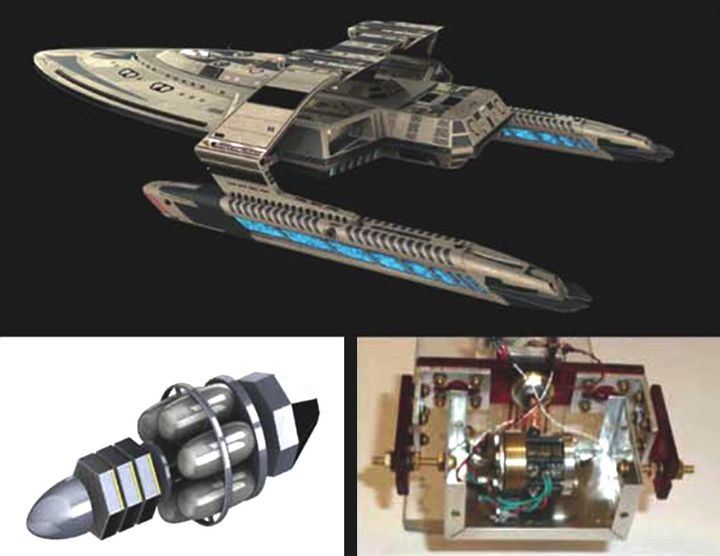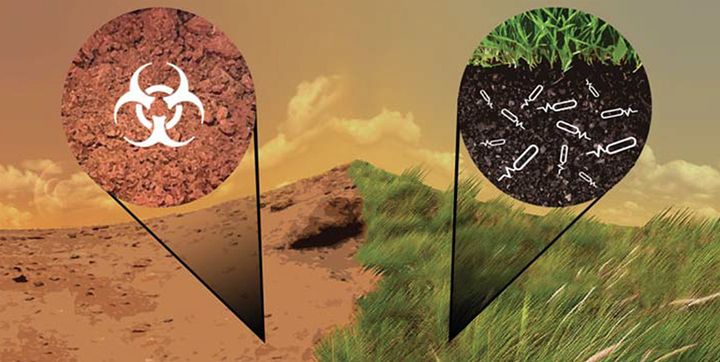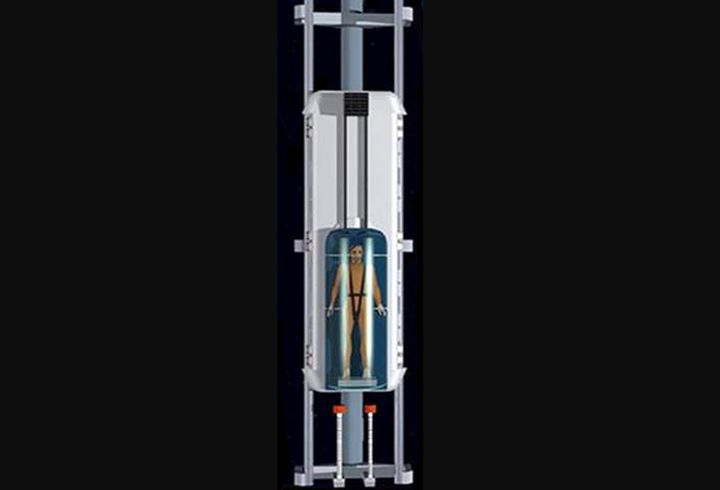An interstellar thruster, a Martian farming kit and an artificial gravity lift are just three of NASA’s latest investments.
The space agency has announced funding for 22 projects that could help astronauts venture further into space than ever before.
Some of the designs aid NASA’s plans to send humans to Mars in the 2030s, while others may support later missions to different solar systems.
One of the most extraordinary proposals outlines a fuel-free propulsion system that could make “interstellar missions a reality”, researchers said.

While conventional crafts rely on the ejection of propellant, the proposed thrusters harness so-called “mach effects” to generate thrust without using moving parts.
Heidi Fearn from the Space Studies Institute explained in a NASA blog that the thrusters could pave the way for human missions to Planet 9 or even deeper into space.
“A future goal would be interstellar travel to the nearest [planet outside our solar system], within 5-9 lightyears’ distance,” Fearn wrote. “A mission of this type might take 20 or more years using the MET thruster.”
“Although the nearest exoplanet is 14 or so ly distance, more Earth-like planets are being discovered daily,” Fearn added.
The engineer has even conceived of a Starship Enterprise-like craft used that could be propelled by the thrusters.
Meanwhile, Adam Arkin, a scientist at the University of California, Berkeley, has been funded to create an organism than could make Martian soil farmable.

“Although the theoretical case for space biological engineering is convincing, since recent studies on the use of biology in space showed substantial payload minimization over abiotic approaches even before any engineering, the functioning of these biological technologies has yet to be proven in a space-like environment,” Arkin wrote.
“We will study such functioning for a synthetic biology architecture that can detoxify the perchlorate in Mars soil and also enrich it with ammonia.”
A turbolift designed by the Medical Solutions Group’s Jason Gruber has also been designed to facilitate a human mission to Mars.
Extended space missions in reduced gravity can weaken astronauts’ bones, muscles and cardiovascular systems.
Gruber’s turbolift has been conceived to address the deleterious nature of space travel by simulating gravity.

Astronauts would stand in a pod that is accelerated for one second at 1G and then decelerated for one second at 1G.
“This process is repeated to create intermittent AG where the force is always headward similar to standing here on Earth,” Gruber wrote. “The experience is likely to be analogous to bouncing mildly on a trampoline.”
All three proposals were winners in the first phase of NASA’s latest Innovative Advanced Concepts portfolio.
The engineers now have nine months and around $125,000 (£100,700) to flesh out their concepts, before applying for $500,000 (£402,850) for the second phase.
The full list of first and second phase winners is available on NASA’s website.
